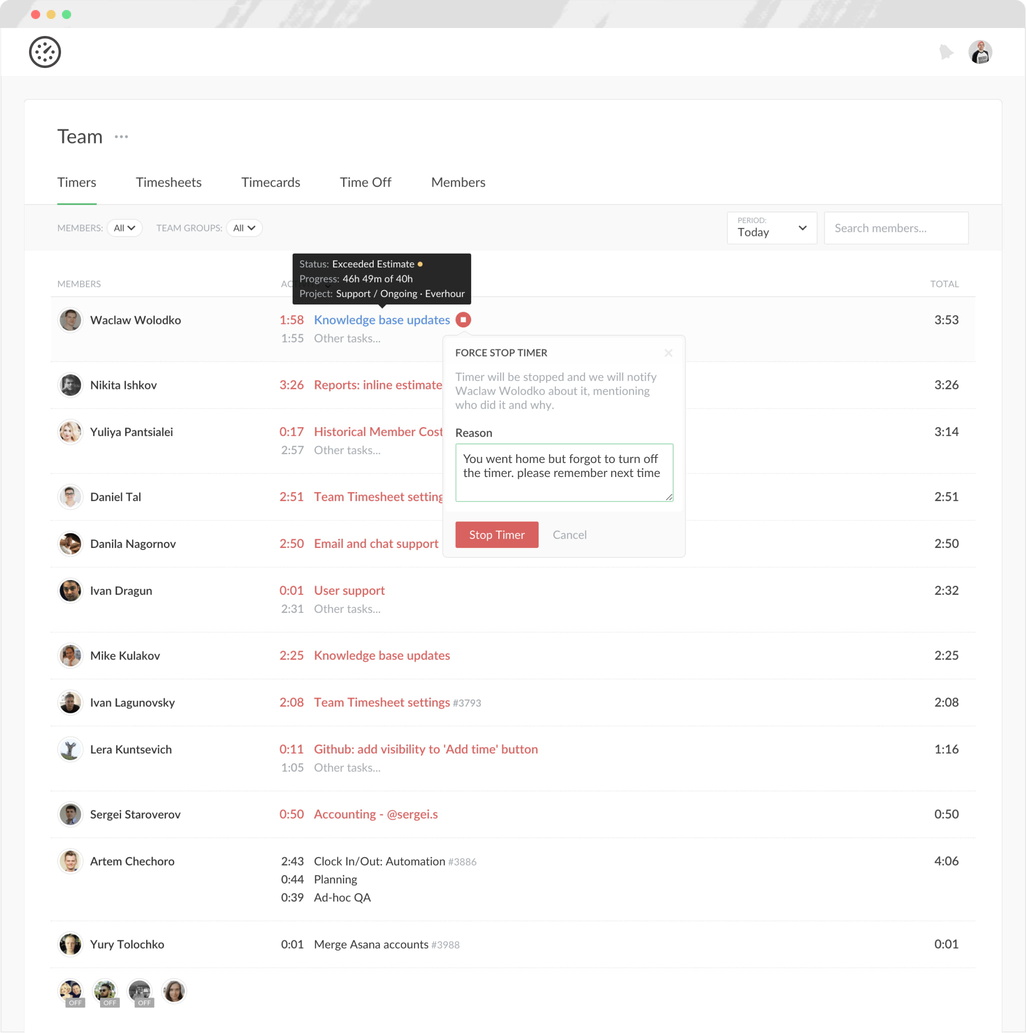Everhour vs Harvest
If you are considering between Everhour and Harvest, our comparison below will help you to choose the best time tracking solution for your team.
The most of the articles provide a differentiation just on the features of the tools. But we decided to go deeper and make a comparison of products’ principles and concepts. We will also describe how they will influence and, ideally, complement the processes at your company.
Before we jumped from one time tracking tool to another every few months, and invested so much time on its adaptation and integration, just to understand in the end that our data can’t be analyzed the way we want. Furthermore, those products were not flexible enough, and the makers didn’t plan any additional development for them.
The information below will help you to understand the essential principles of Everhour and Harvest, including our vision, ideas for future and reviews of our customers who have already gone for Everhour. And finally, why Everhour is a perfect Harvest alternative and why you should consider switching.
👉 Integrations
Everhour is the first-rate integration for teams who use Asana, ClickUp, Notion, Basecamp, Trello, GitHub, Monday or Jira. In most cases, Harvest just adds an icon, which will show you a pop-up window after clicking. That's it!
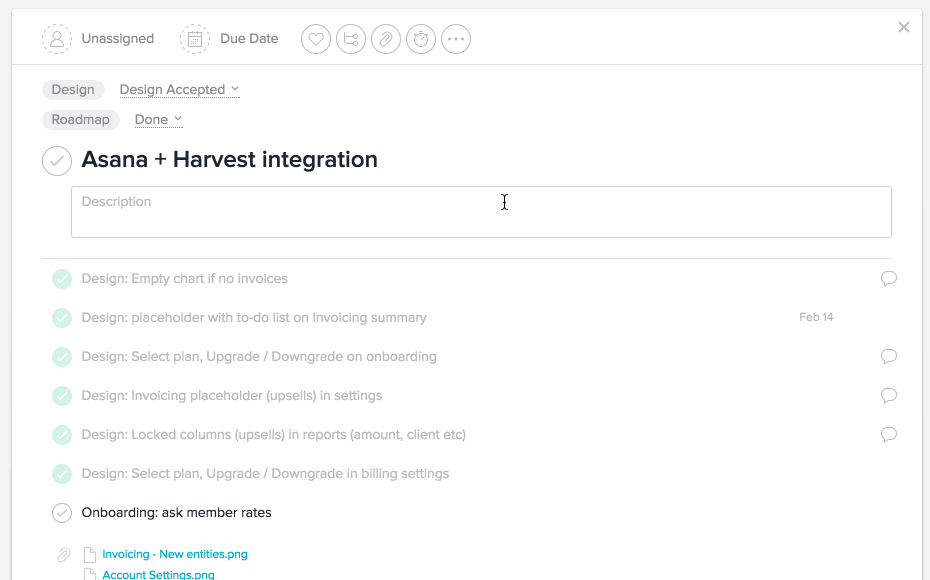
This popup lets you select a project and a type of activity (which you had to create in advance in the Harvest settings) to associate the reported time with it. While your Asana task is just a free-text comment and the amount of time reported into the task to date is only displayed at the bottom of the popup.
Harvest doesn’t sync any additional but crucial data of your project like sections or tags, while Everhour does. And, for example, if you rename a task in Asana, you should also manually rename it in Harvest. Same thing with creating new projects. Not really useful, isn’t it? Also, the reported data can not be visible in the Asana interface. You can pick up this info only in Harvest reports.
Everhour, in its turn, is built to complement the Asana’s functionality with valuable and helpful data and empower your existing processes.
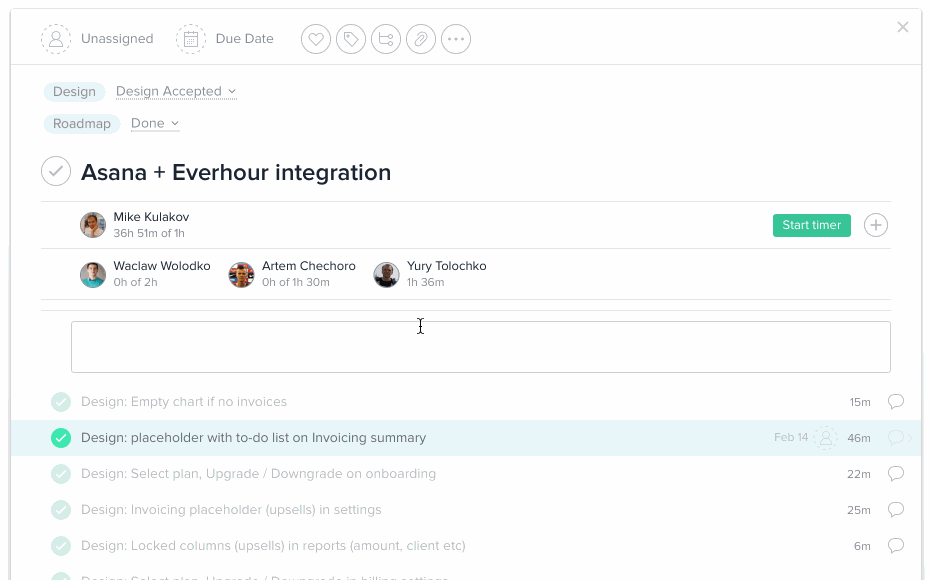
👉 Estimates
Estimation is an important element of any project management approach. But surprisingly, neither Harvest nor basic options of Asana, Trello, Basecamp, Notion or GitHub don’t provide these opportunities. While Everhour does!
The progress results of each colleague could be found in the task details. That is very useful when several team members are working on one task.
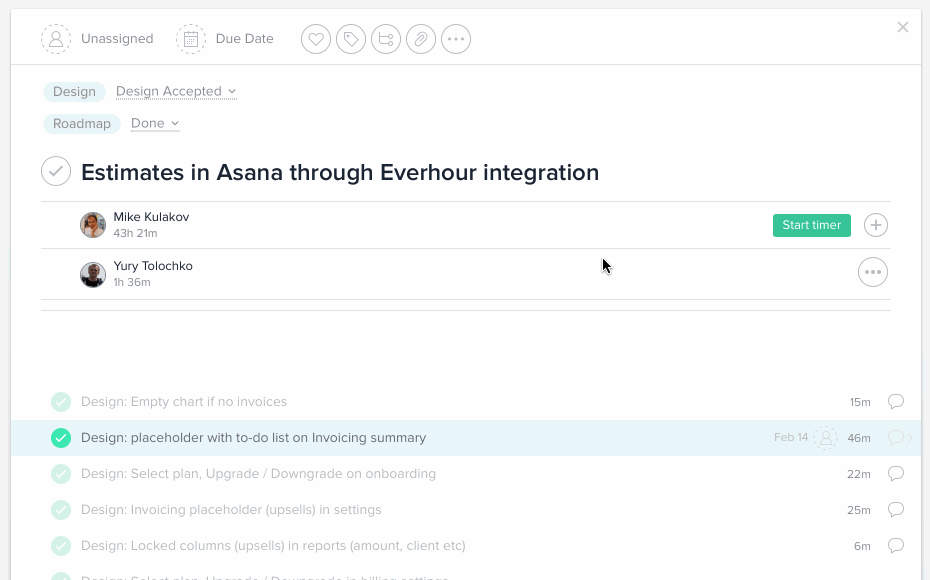
As seen on the video, there were 40 hours logged on a task. If you go deeper in Everhour, the details info can show you that development cost you 15h, 9h were spent on QA, 6 on design and 10 for BA. The details could reveal a very different picture.
👉 Reports
Reports in Harvest are easy to scan, but they are not very detailed and flexible when it comes to configuration. They are not able to provide real management insights. While exporting data to third party apps and generating statistics by hand is time-consuming.
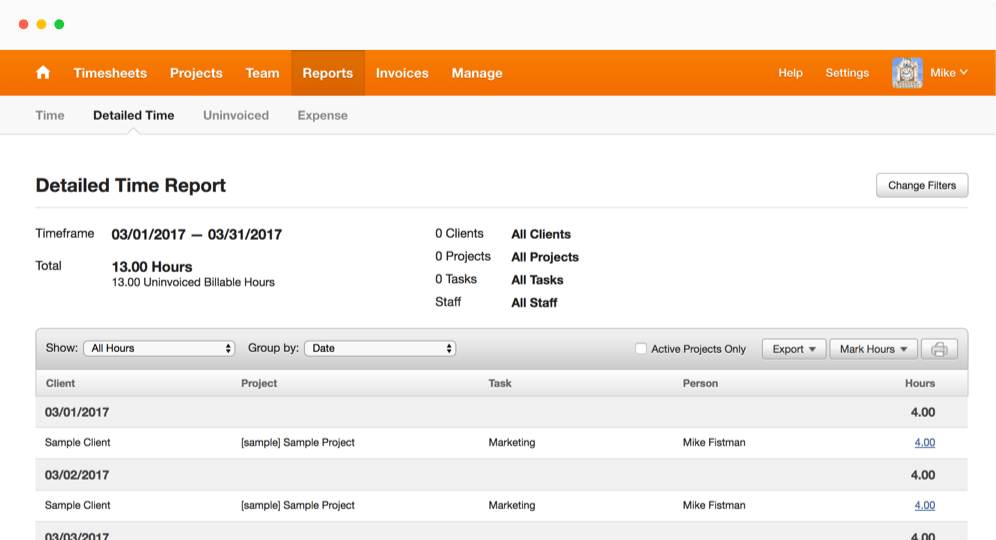
There are no fixed reports in Everhour, which allows you to construct your version for your particular goals. Easy play with columns and filters, add or exclude specific info, change orders, apply different formatting and filters.
Multiple layout types give you the possibility to see data from the best angle. Conditional formatting allows you to highlight various pieces of data in individual cells of your reports.
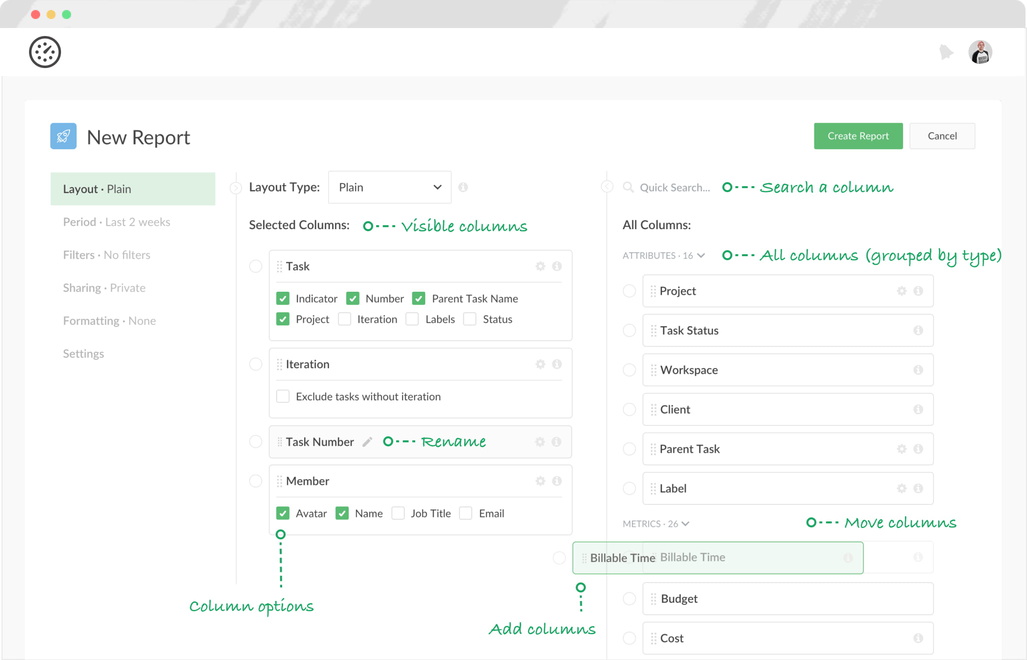
👉 Find out more...
Timers page shows what your team is doing right now. Timesheet page helps to view the structured picture of the time a member spent for a week. Timecard page displays when a user started their workday, when they had breaks and when they finished their work. Timeoff page shows all vacations, sick leaves, and any other PTO types.
There are no features like that in Harvest.
